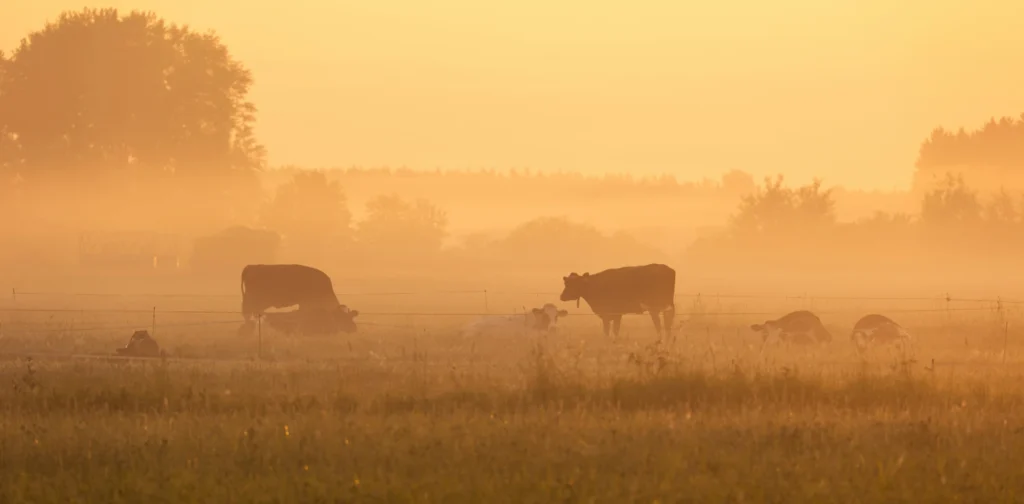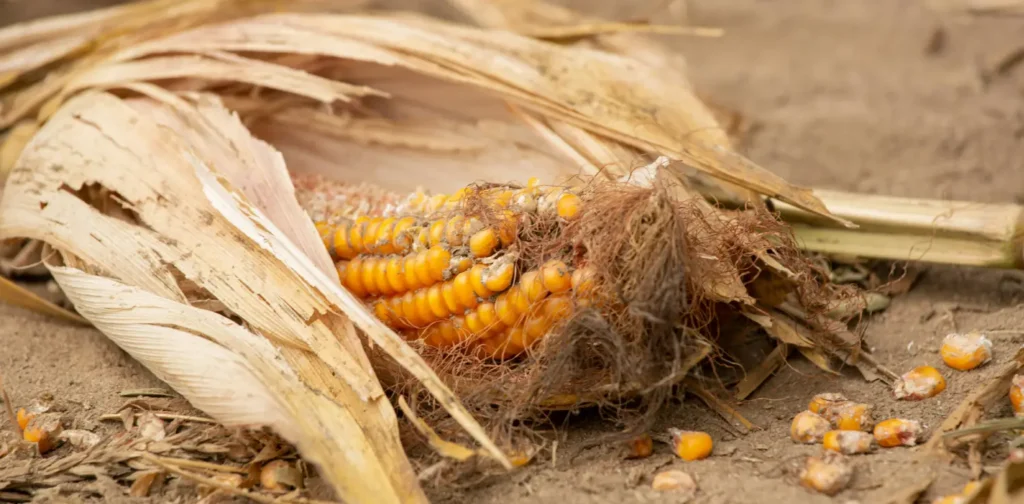The snake fruit agroforestry system in Bali, Indonesia, integrates snake fruit cultivation with other plants using a traditional irrigation system. ... Read More
SDGs Goal 2
Food waste upcycling utilizing fungi can be a viable option to create delicious food while contributing to sustainable food practices. ... Read More
Understanding the systemic nature of drought risks and impacts is crucial to creating better risk management systems.... Read More
The Semende Tribe and wild cats show an example of a mutually beneficial relationship between humans and biodiversity.... Read More
At the COP29 summit, a new report sheds light on current insights and recommendations to address nitrous oxide emissions.... Read More
The food crisis in Malawi is an example of how severely and disproportionately climate change impacts vulnerable countries.... Read More
University students and olive farmers developed a smart monitoring system amid the ever-changing weather conditions due to climate change.... Read More
Within the complexity of global food systems, there are key aspects in creating better, more sustainable food systems for people and the planet.... Read More
For years, efforts have been implemented to improve cassava production and quality as one of Tanzania’s top staple foods.... Read More
Singapore has approved 16 insect species for human consumption as a sustainable alternative source of protein.
... Read More


 Bali’s Snake Fruit Agroforestry System Is an Agricultural Heritage
Bali’s Snake Fruit Agroforestry System Is an Agricultural Heritage  Tasty Mold: Using Fungi for Food Waste Upcycling
Tasty Mold: Using Fungi for Food Waste Upcycling  Addressing the Systemic Nature of Drought Risks and Impacts
Addressing the Systemic Nature of Drought Risks and Impacts  How Semende Tribe in Indonesia Coexists with Wild Cats
How Semende Tribe in Indonesia Coexists with Wild Cats  Refocusing on Nitrous Oxide, a Potent Greenhouse Gas on the Rise
Refocusing on Nitrous Oxide, a Potent Greenhouse Gas on the Rise  How Climate Change Exacerbates the Food Crisis in Malawi
How Climate Change Exacerbates the Food Crisis in Malawi  How University Students Help Olive Farmers in Turkey amid Unpredictable Weather Patterns
How University Students Help Olive Farmers in Turkey amid Unpredictable Weather Patterns  5 Aspects of Better Food Systems for All
5 Aspects of Better Food Systems for All  Improving Cassava Productivity and Quality in Tanzania
Improving Cassava Productivity and Quality in Tanzania  Singapore Adds 16 Insect Species to the Menu
Singapore Adds 16 Insect Species to the Menu